If you can’t seem to get your breakouts to go away, and you’ve tried every acne treatment you can think of, maybe your skin problems aren’t really acne.
While there are many different types of acne that can determine which course of treatment to take, there are also several other skin conditions that can easily be mistaken for acne that could complicate treatment.
While acne is characterized by follicles clogged with dead skin cells and sebum, not all skin bumps
are acne. When evaluating our skin issues, it’s important to look for other signs aside from bumps to determine what we’re dealing with, and what treatment is best.
Common skin conditions mistaken for acne
PERIORAL DERMATITIS
Perioral dermatitis is a common skin condition characterized by a red, scaly, itchy, inflammatory rash. It is easily mistaken for acne because it has a similar appearance. However, as its name indicates, it manifests mostly around the mouth, nose, and sometimes spreads up to the eye area. This is one indication that acne isn’t the culprit.
Perioral dermatitis can be caused by steroid (hydrocortisone cream) use, and may also be caused by certain cosmetics, heavy skin creams, fluoridated toothpaste, or bacterial/fungal infections.
Treatment usually requires stopping steroid cream use, removing irritants such as fluoridated toothpaste, and potentially using antibacterial or anti-fungal topical lotions.
ROSACEA
Rosacea is a chronic inflammatory skin condition that can be mistaken for acne. Like acne, rosacea’s many types can appear in red, pimple-like bumps. Unlike acne, rosacea is mostly caused by histamine-related and spicy foods, alcohol and caffeine and doesn’t form whiteheads and blackheads.
Rosacea can be exacerbated by certain external and environmental factors, and treating it often requires a gentle skin care routine and avoiding triggers.
MILIA
Milia is a skin issue frequently mistaken for acne. It is characterized by tiny, yellow-white bumps which can be under the eye area, on the forehead, arms, etc. When you pop them, hard, little plugs of dead skin cells in the shape of tiny balls come out. They may go away on their own over time, but there is no way to totally prevent them. Regular exfoliation and exfoliative creams like benzoyl peroxide or salicylic acid may help.
FOLLICULITIS
Folliculitis comes in several versions, and often presents itself as clusters of small, itchy pimple-like bumps, primarily across the forehead, on the beard area for men, and in areas of the body where there is friction (thighs, butt, neck, armpits). Folliculitis is common in the summer months and frequently mistaken for acne. Unlike acne, folliculitis results from excessive amounts of yeast on the skin, causing a fungal infection in the hair follicles.
Benzoyl peroxide or salicylic acid can treat it, as well as anti-fungal treatments like sulfur-based soaps and creams, with more severe cases requiring oral antibiotics.
KERATOSIS PILARIS
While keratosis pilaris most commonly occurs on the body (upper arms and legs), when it manifests on the face, it can easily be mistaken for acne. Keratosis pilaris, often referred to as “chicken skin”, is a chronic skin condition characterized by skin bumps which can be red, white, or flesh colored. It is caused by an abnormal amount of keratin that blocks the hair follicles and can cause itchiness and dryness.
While frequent moisturizing can help, treatments which exfoliate, including topical retinoids, salicylic acid or lactic acid, are helpful to get rid of keratosis pilaris.
STAPH INFECTIONS
Staph infections sound serious, and that’s because they are; they are caused by the bacterium Staphylococcus which can cause a multitude of diseases that might be mistaken for acne. Signs and symptoms can show up as a collection of pimples, boils, pus-filled lesions, and redness. The area is typically tender or painful and may be swollen. Because staph infections are serious, it requires immediate intervention and a course of antibiotics.
ALLERGIC REACTION
Finally, commonly mistaken for acne are allergic reactions that manifest on the skin. Skin allergies to external irritants, allergies to foods, medications and topical products can all result in a pimple-like rash easily confused for acne. However, unlike acne, severe itching is a typical sign that it isn’t really acne.
If the cause can be determined, avoiding the trigger is important, although most skin reactions will go away on their own. Depending on the cause, you may need antihistamines to relieve your symptoms. For less severe rashes, cold soaks and compresses can offer relief for itching, while topical corticosteroid creams or oral prednisone may be needed for more serious cases.
A lot of skin conditions can easily be mistaken for acne, but if your skin issues are resistant to typical acne treatments, it’s a good idea to make an appointment with a doctor for a diagnosis. In some cases, a misdiagnosis can be very dangerous, so it’s important to be proactive about your skin health!

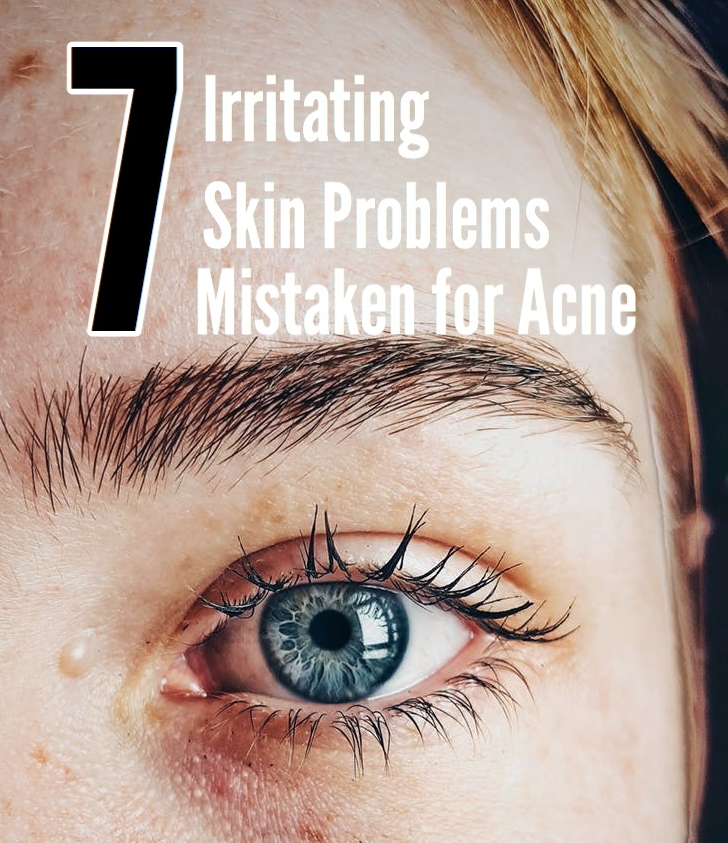
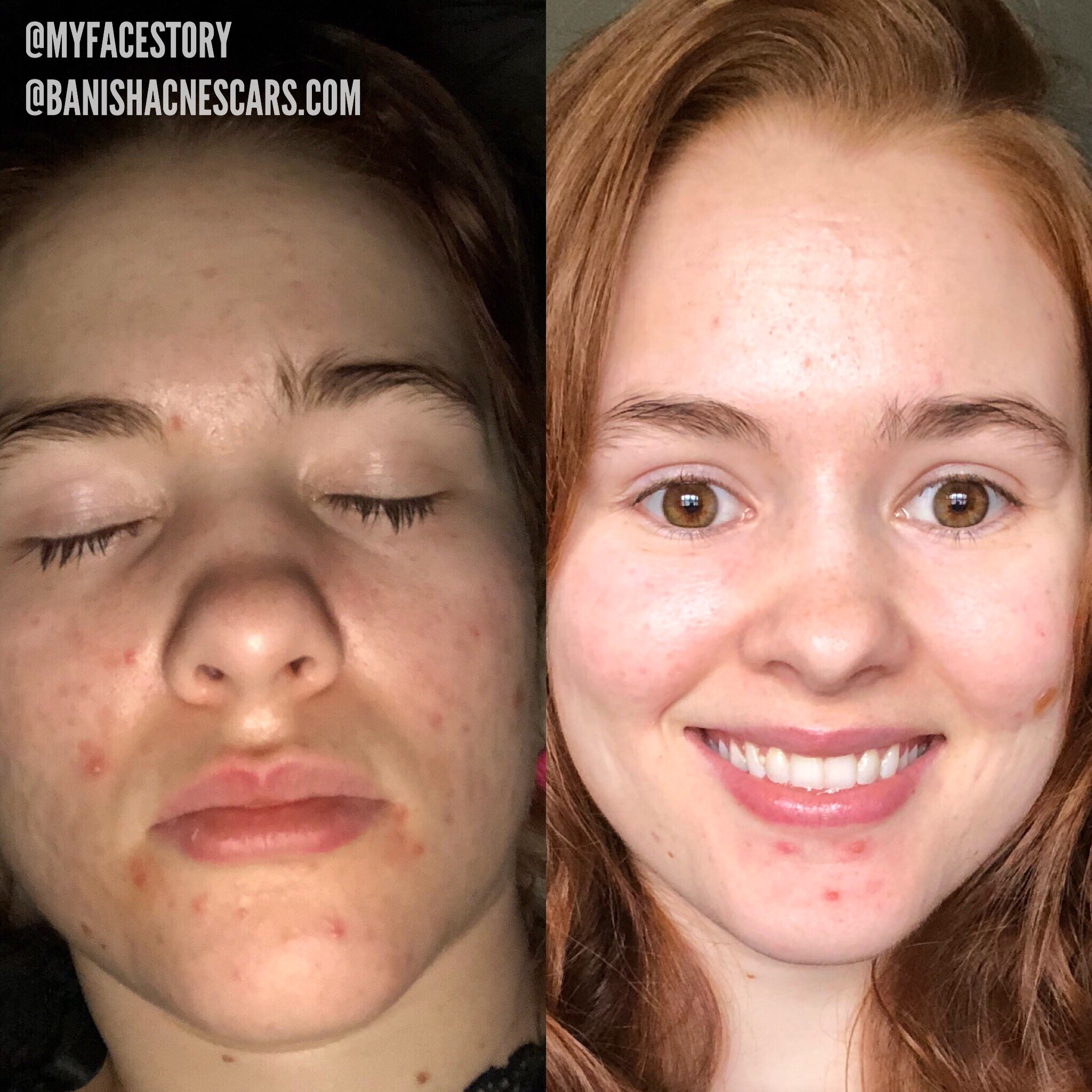
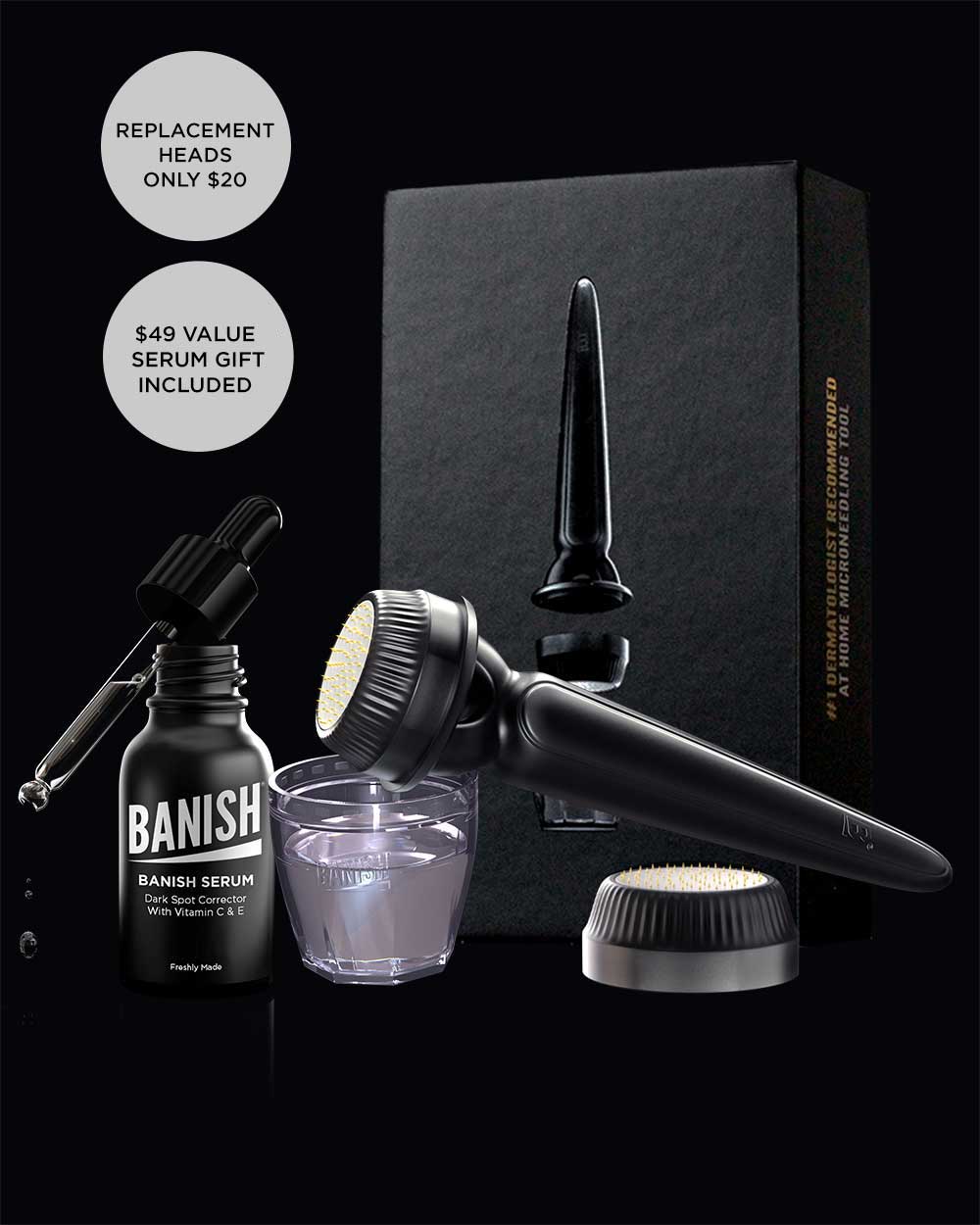
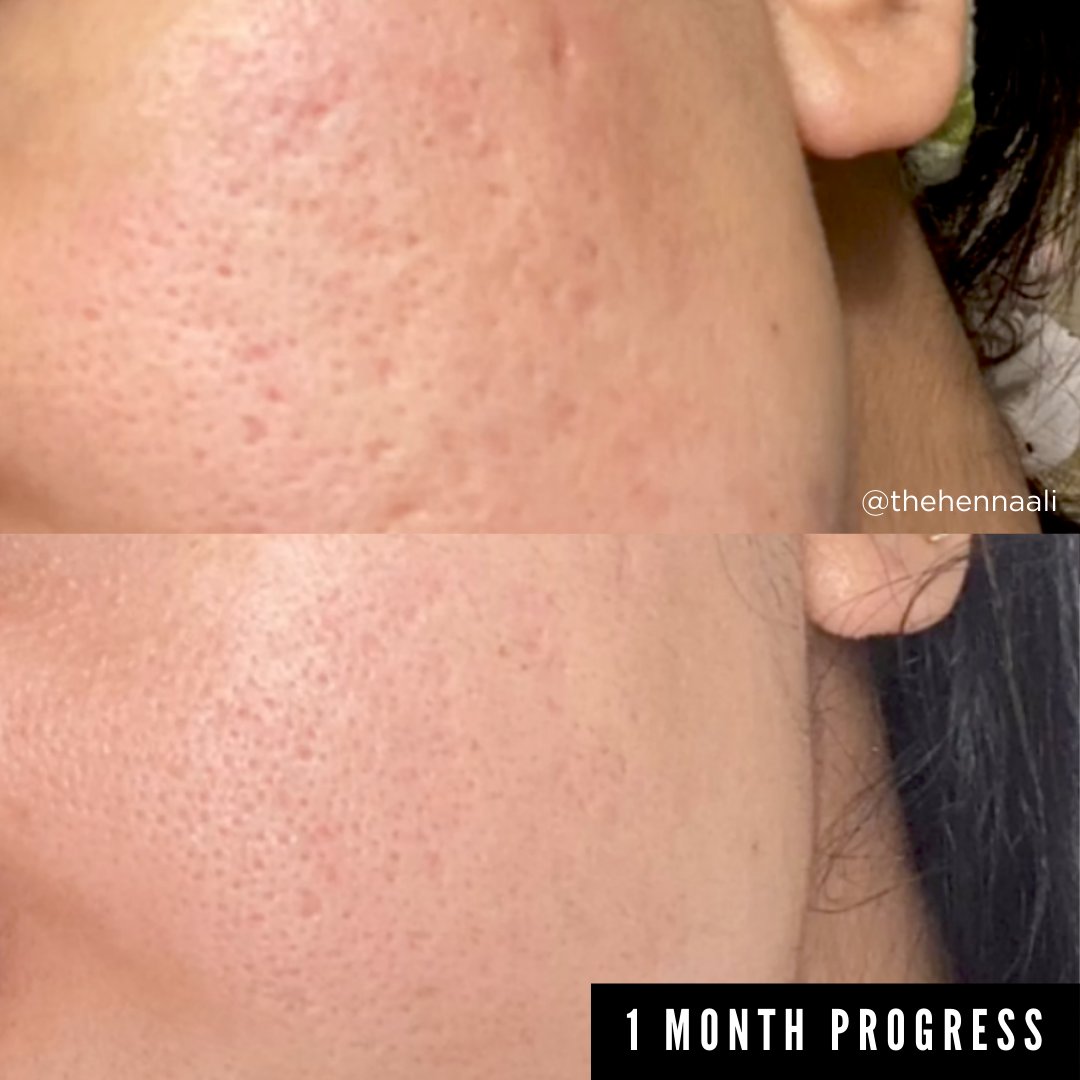
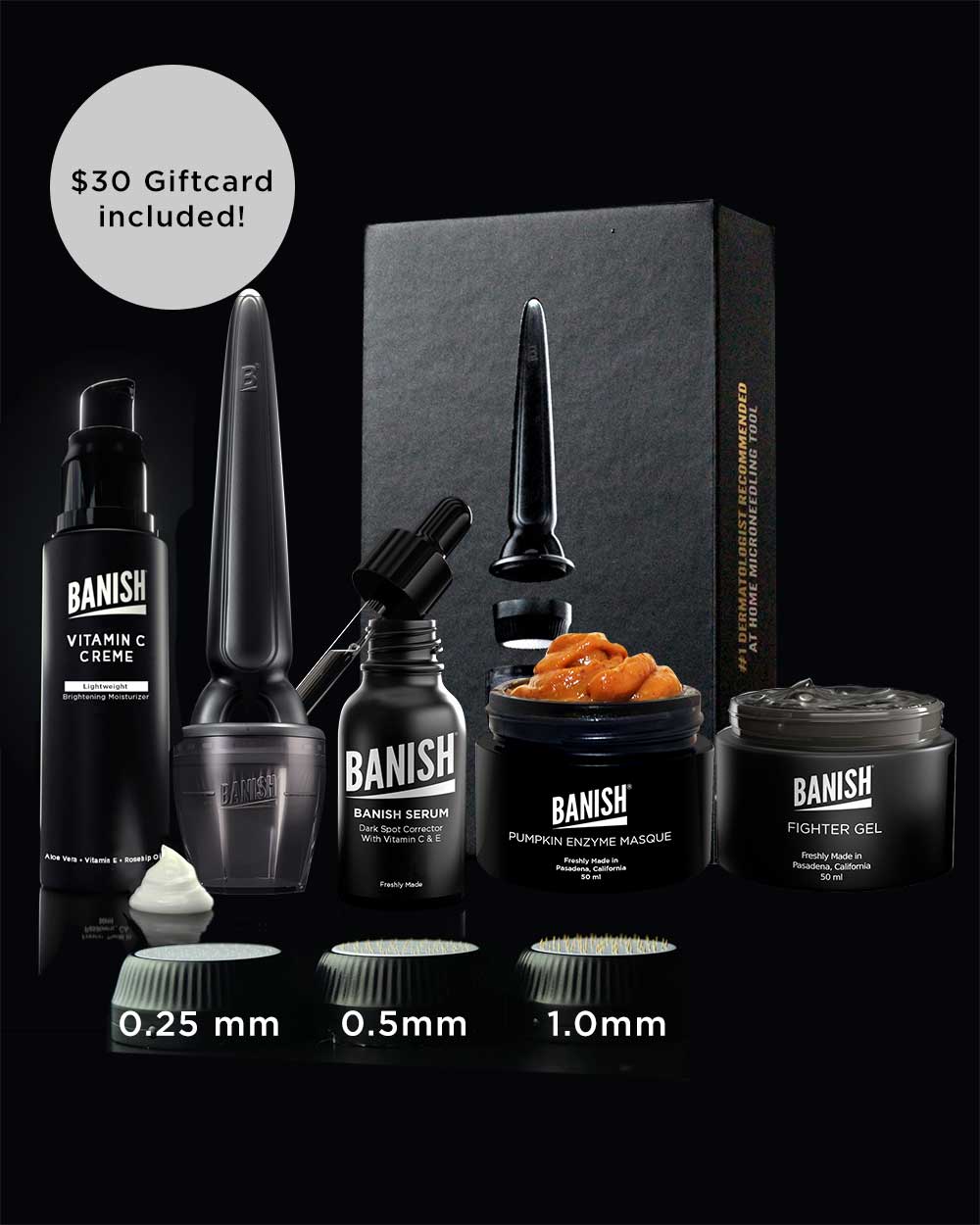
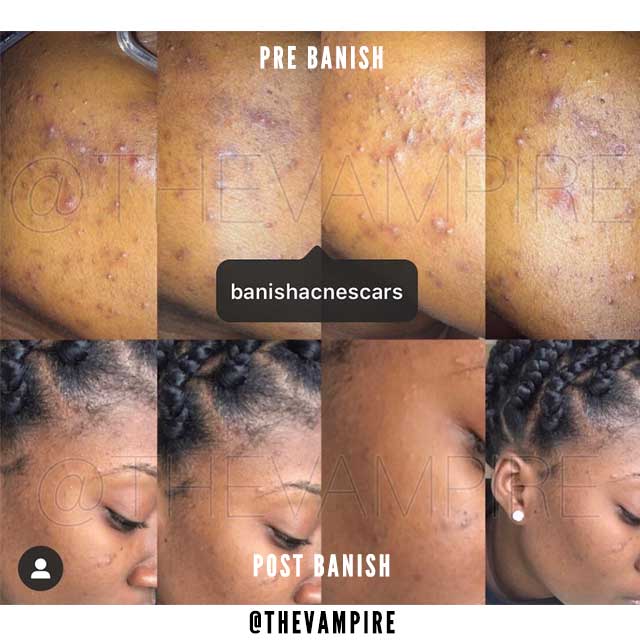
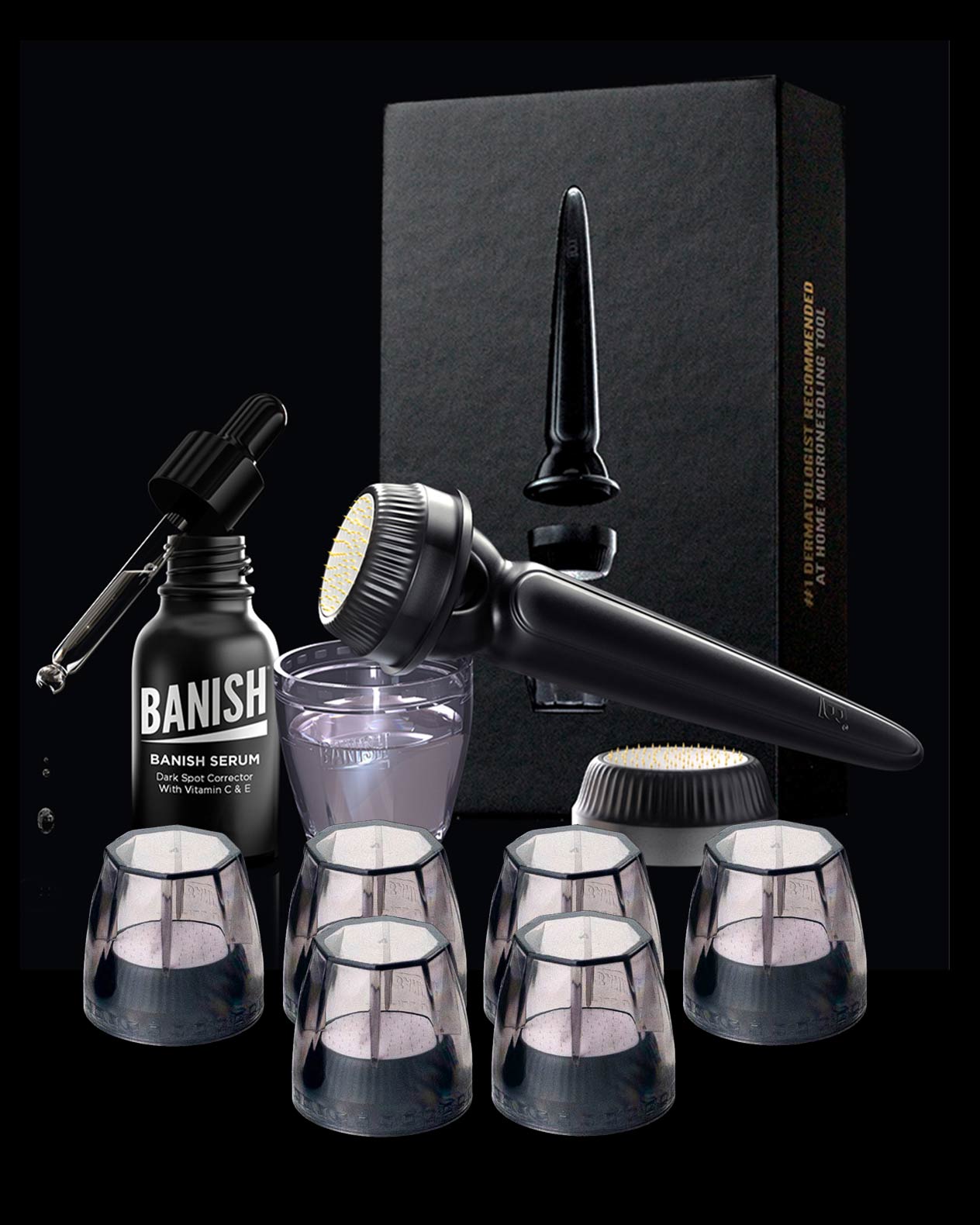
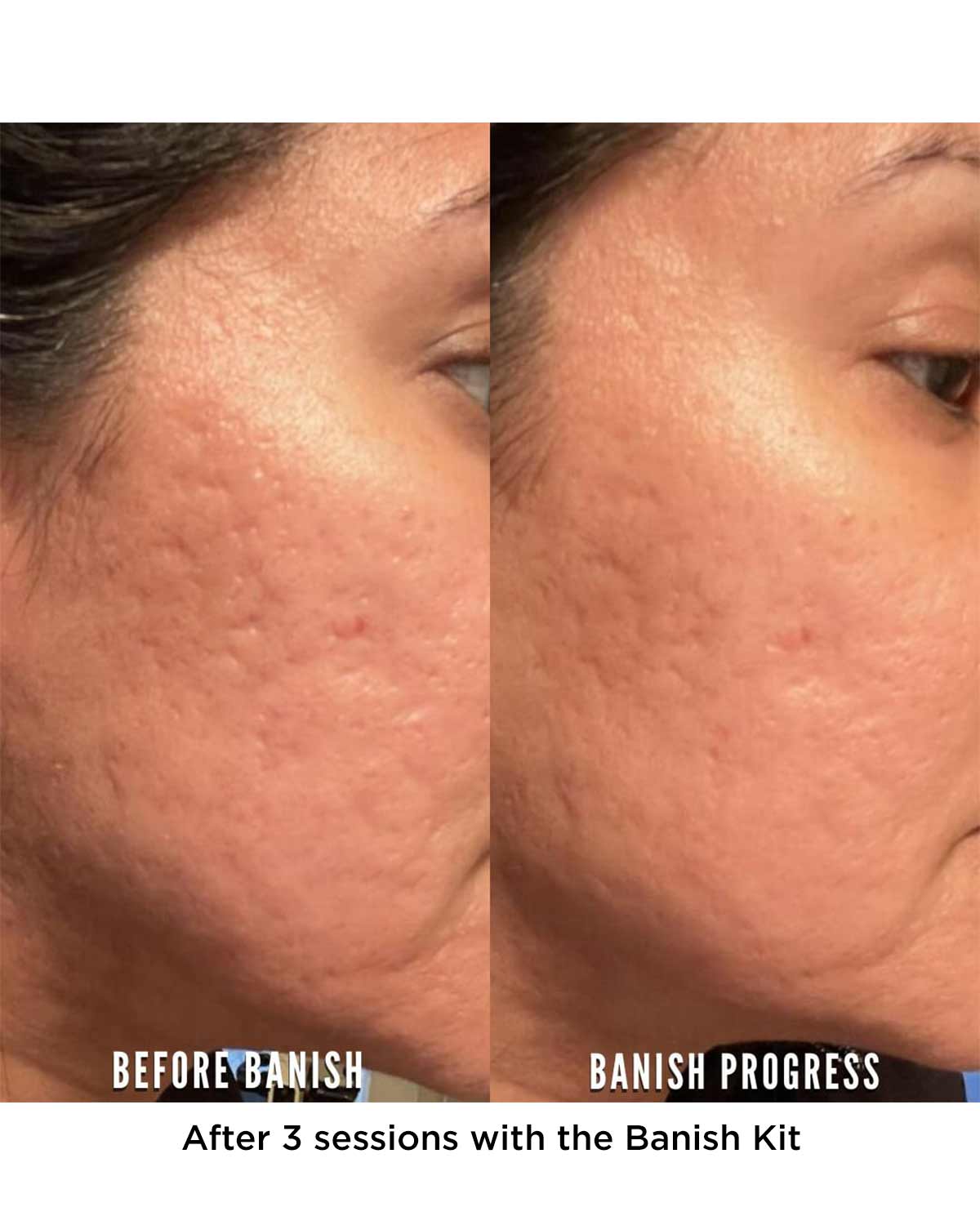
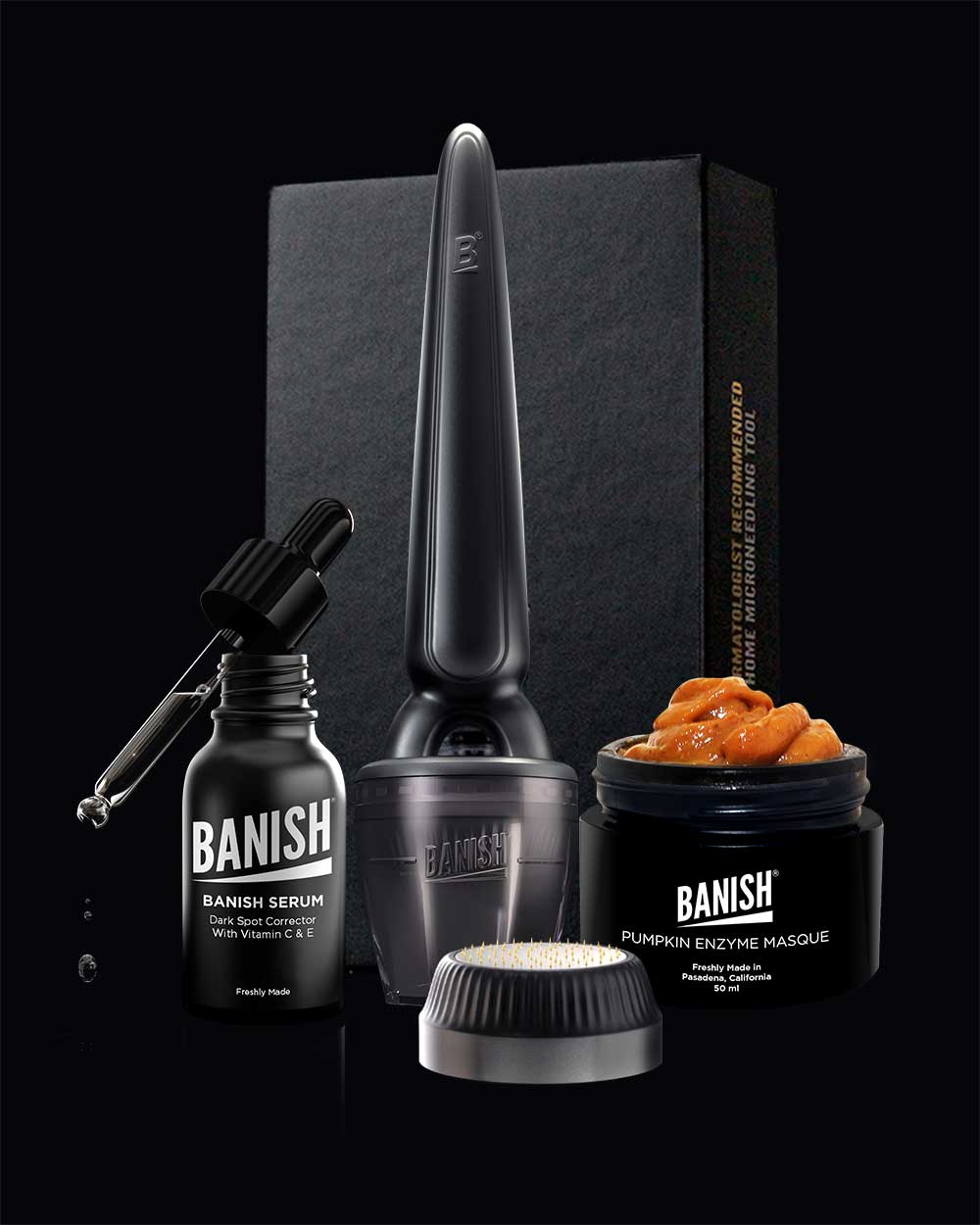
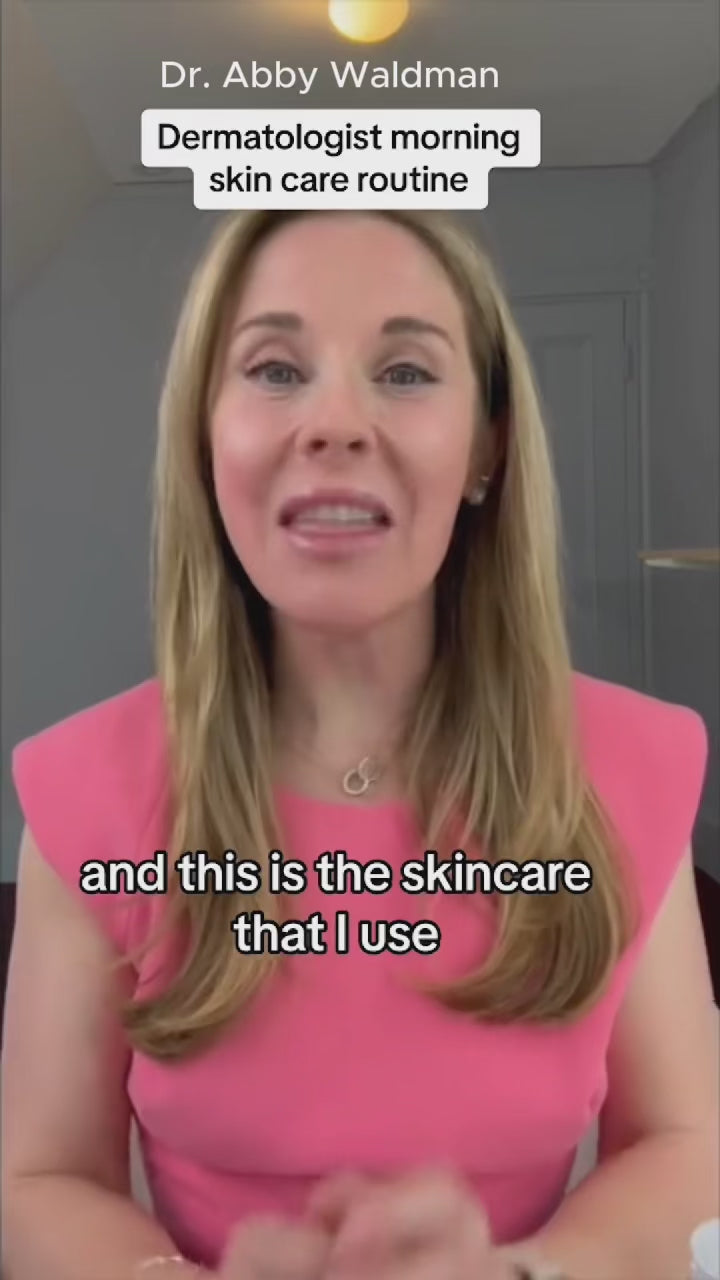
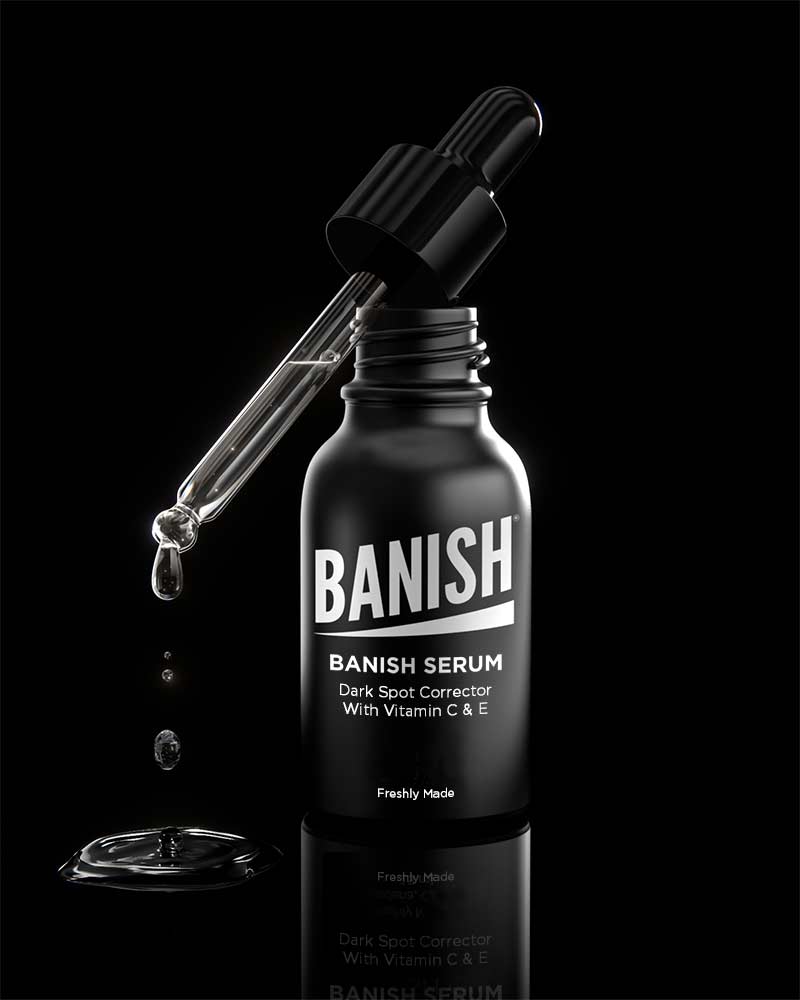
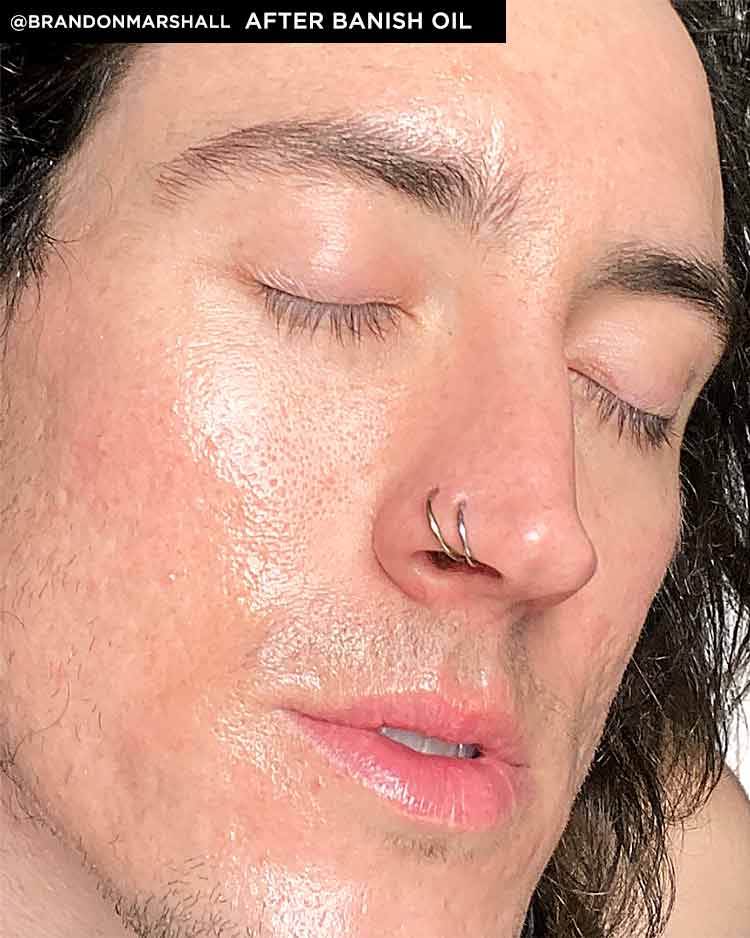
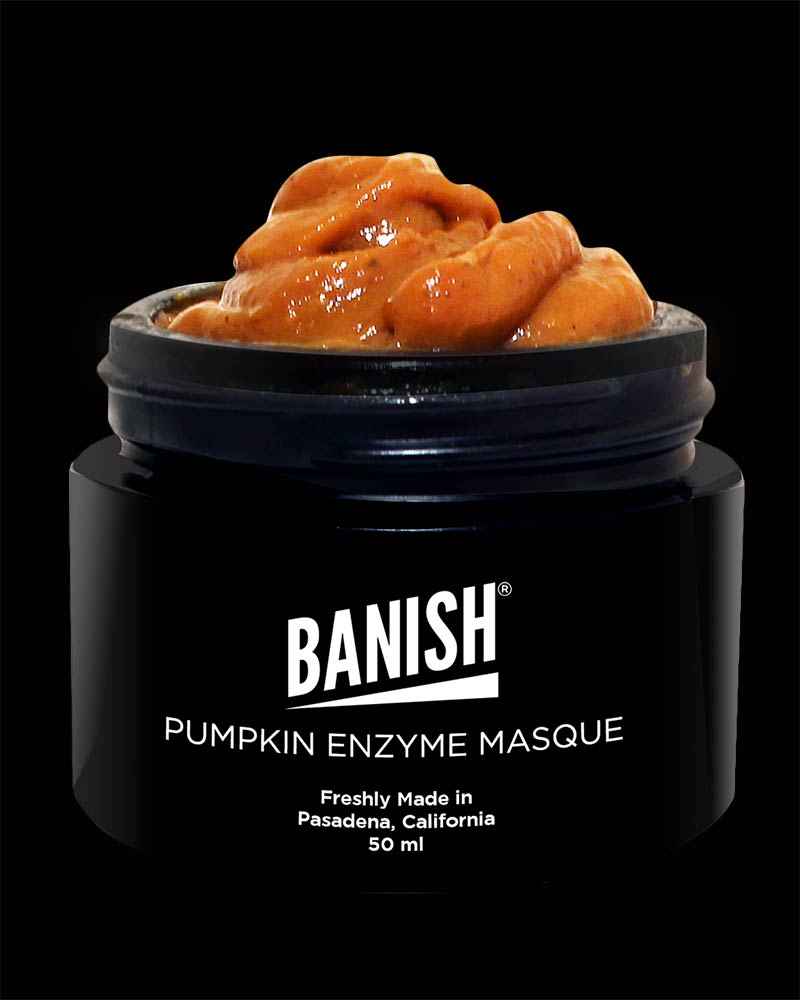
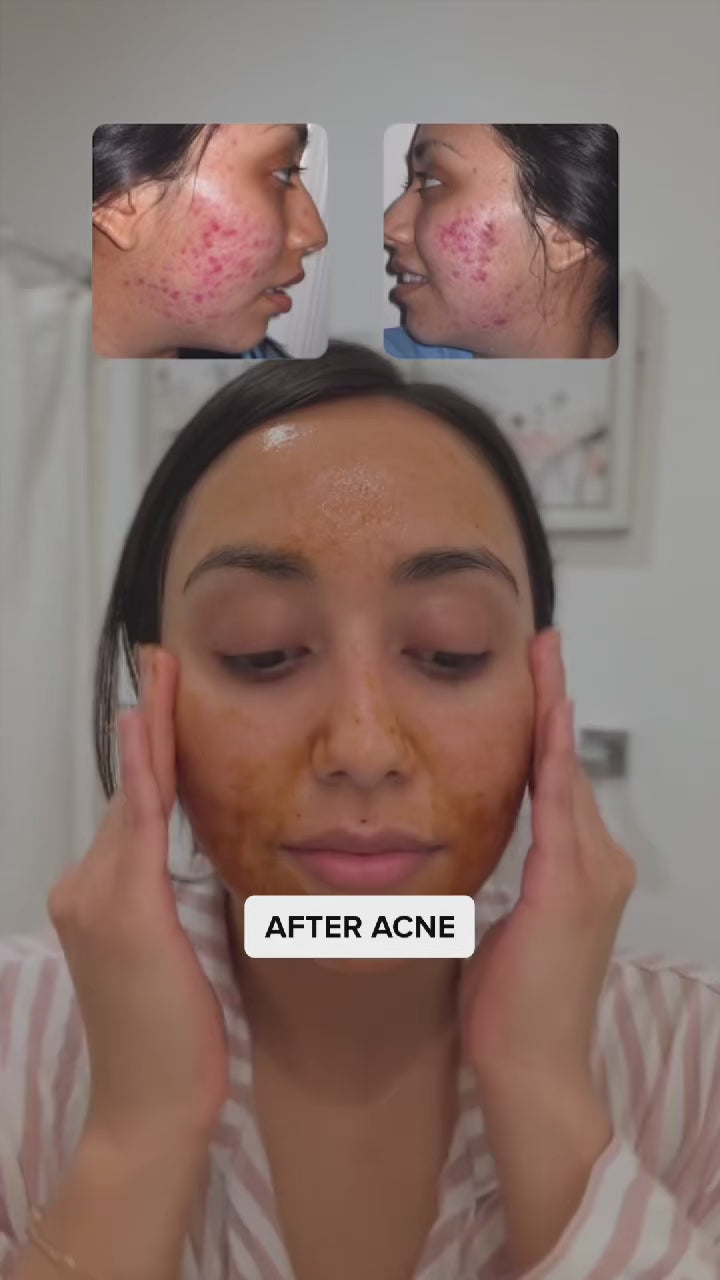
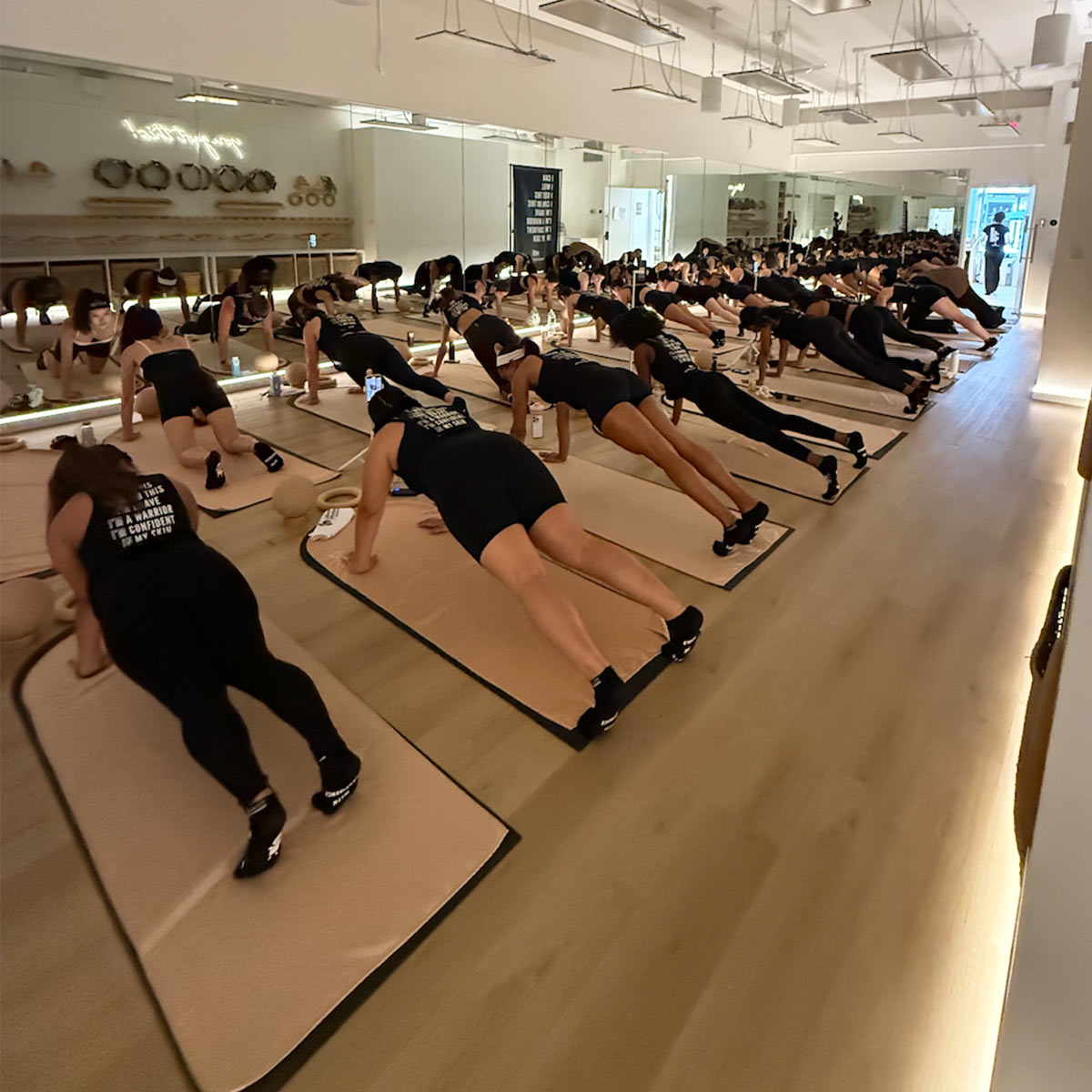


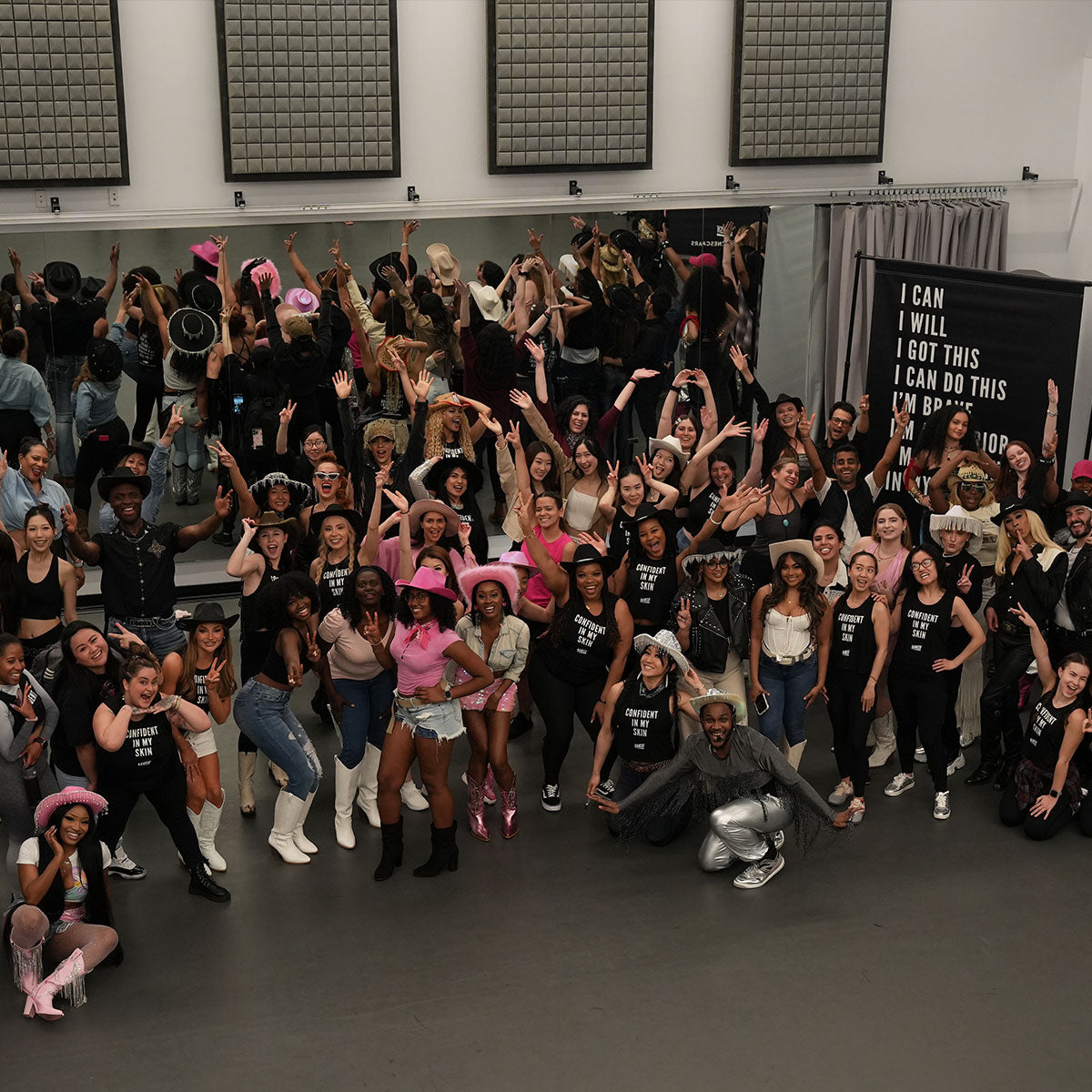
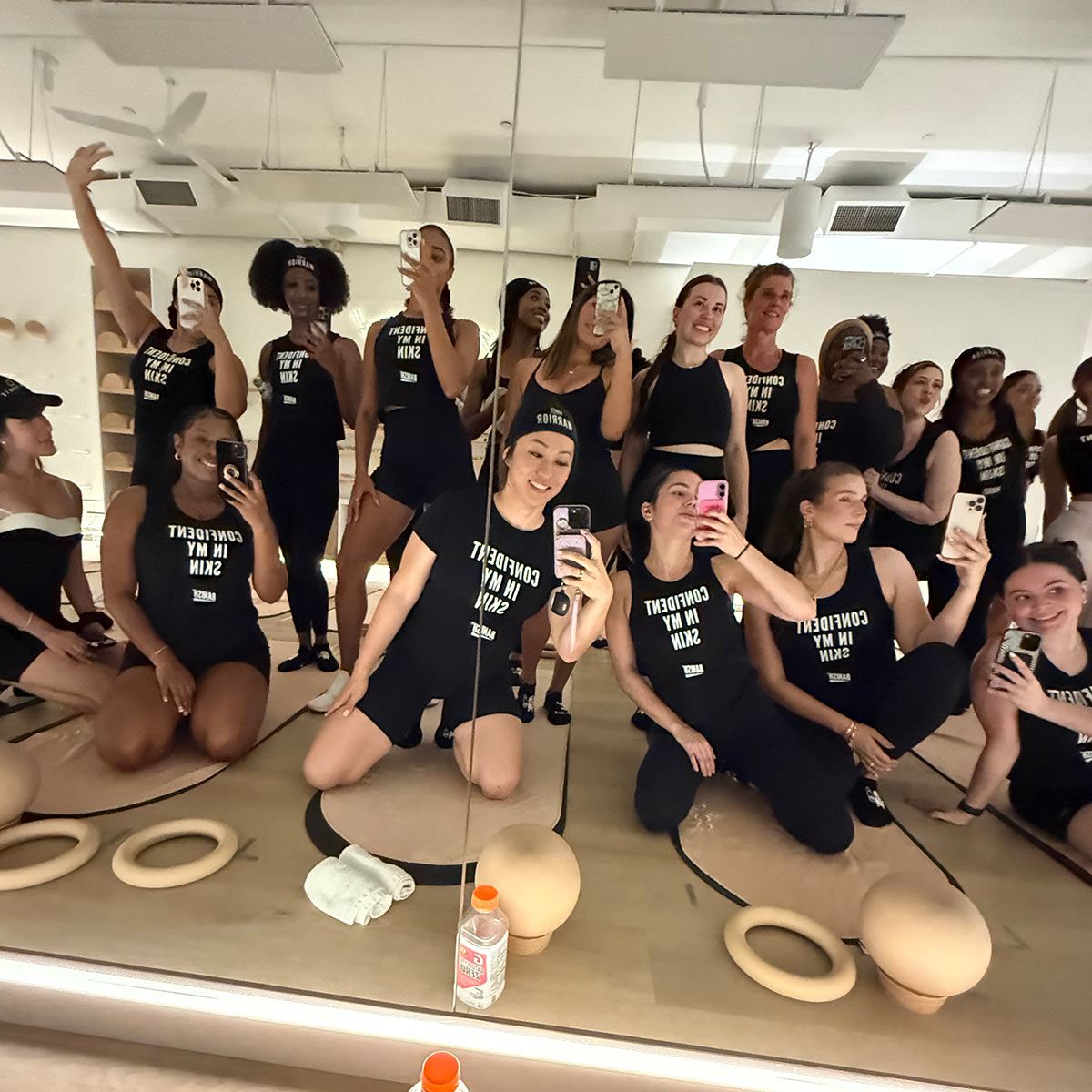
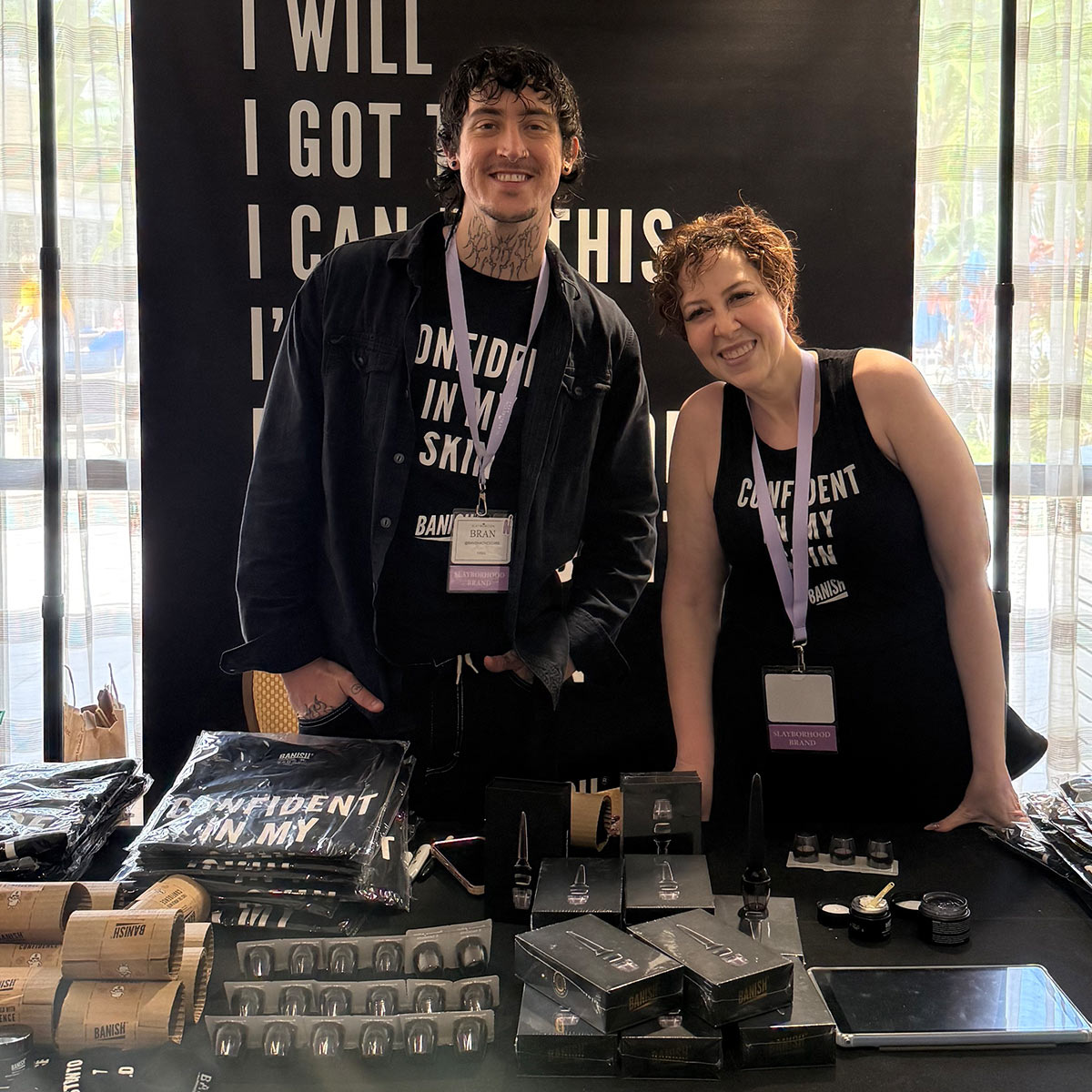



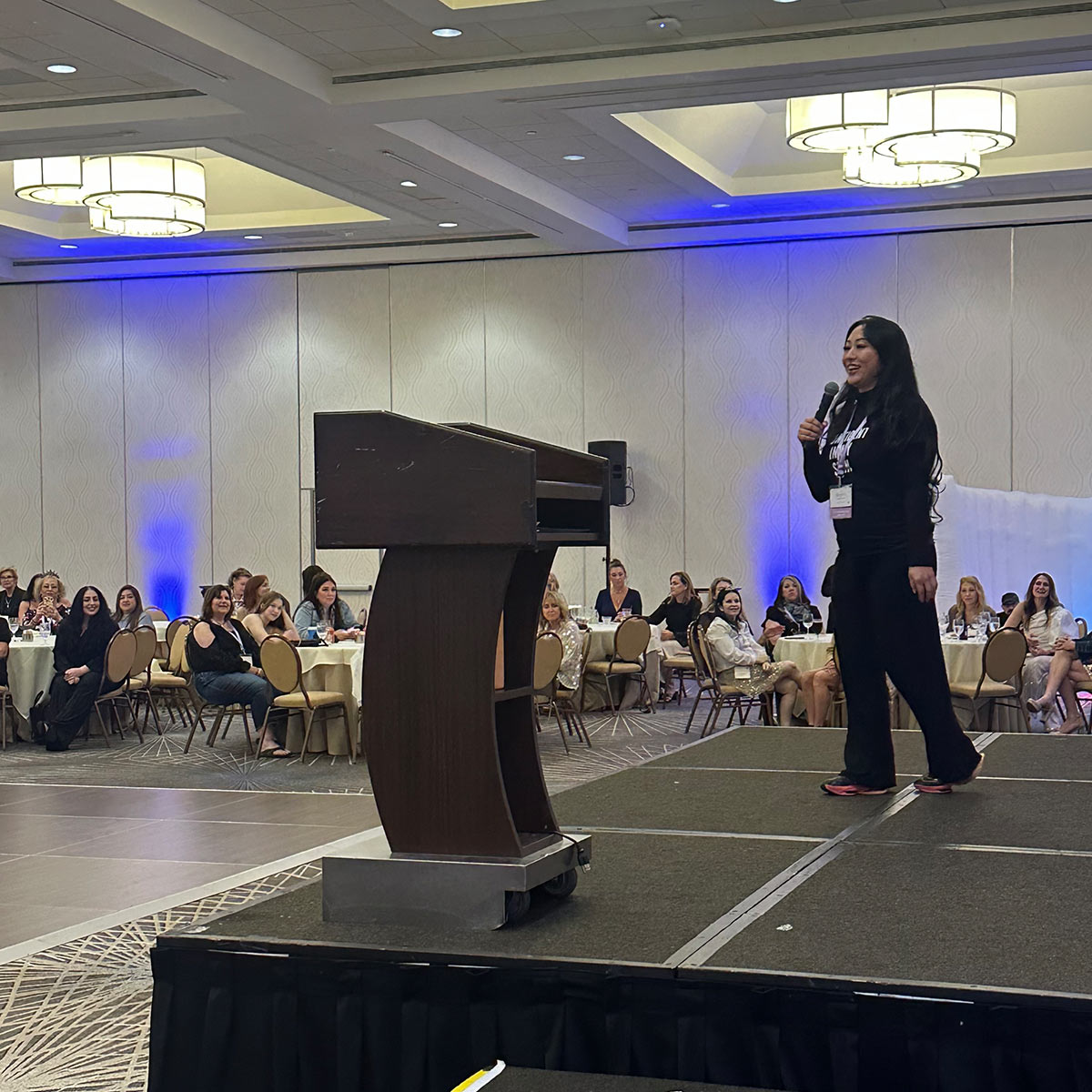
Leave a comment
All comments are moderated before being published.
This site is protected by hCaptcha and the hCaptcha Privacy Policy and Terms of Service apply.